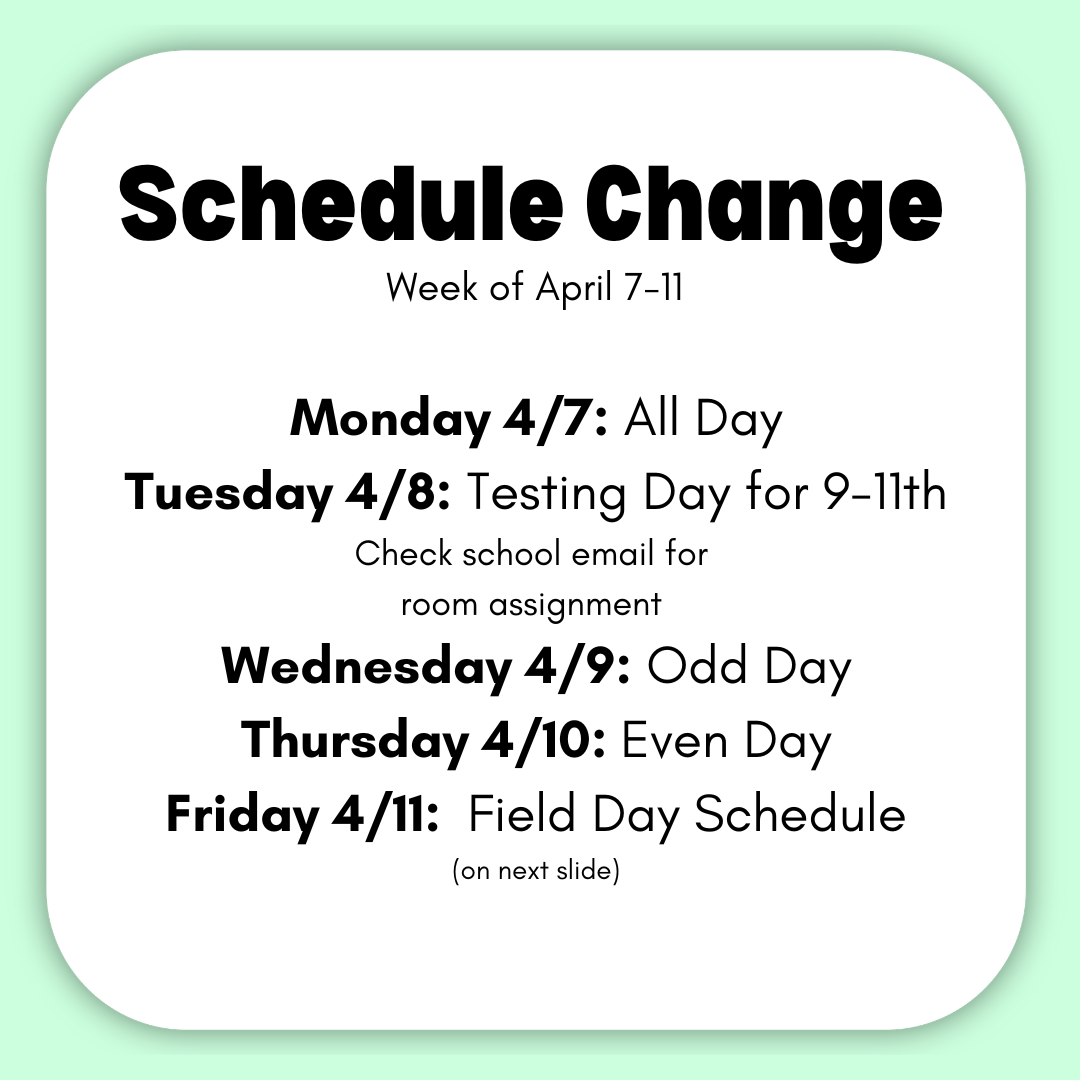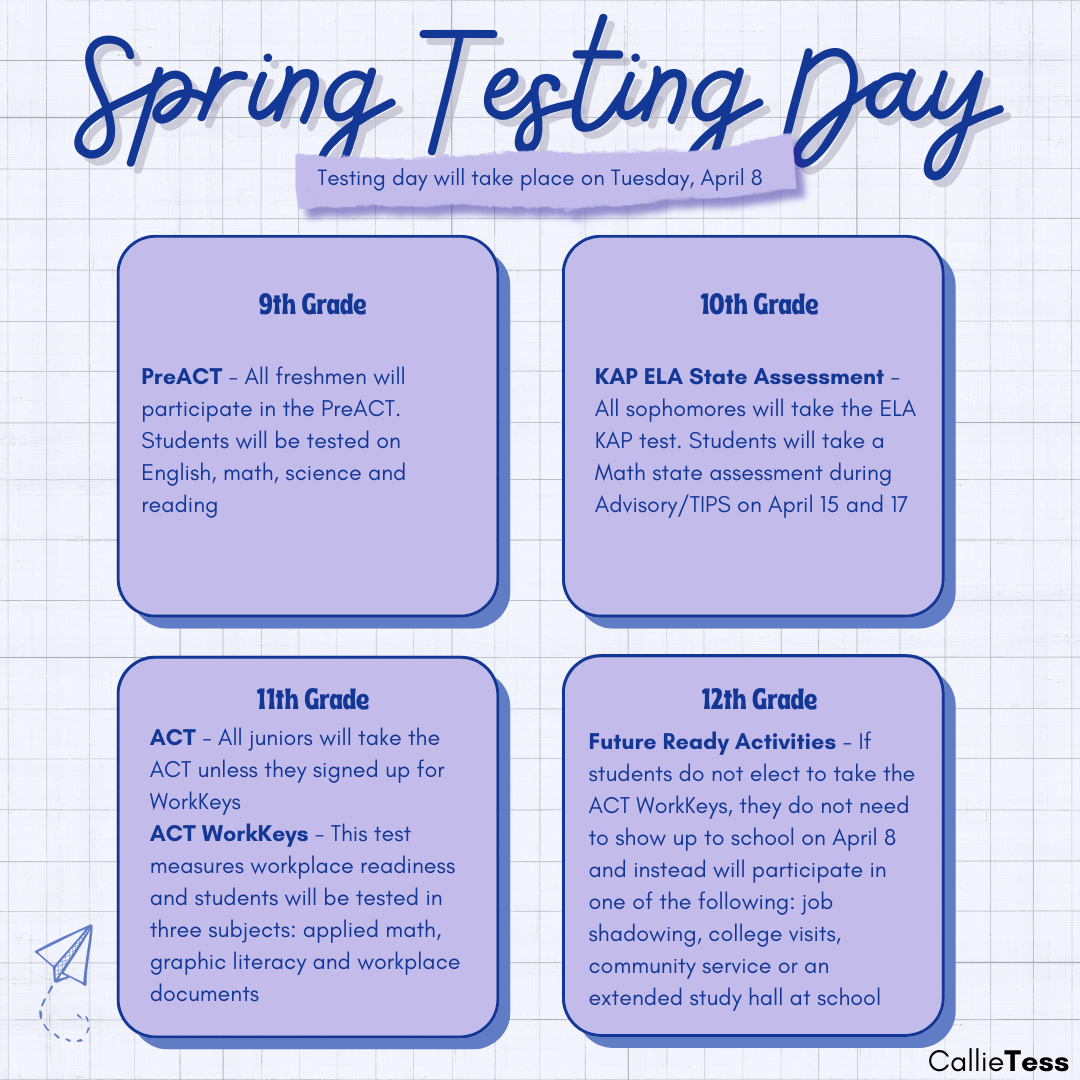“Each week, on average, I have about three [energy drinks], depending on if I have money,” freshman Tristan King said.
They are sold in gas stations, grocery stores, and sporting events. Even on school campus’, energy drinks are taking over like a plague.
“I drink energy drinks because they taste good and they give me a boost in energy,” King said.
All around the globe, the intense hype of energy drinks consumes the media, as well as the minds of many. Caffeine content ranges anywhere from around 107 mg (per 12 oz. serving) to 428 mg. According to AP Medical Writer Lindsey Tanner, one-third of people aged 12-24 regularly consume energy drinks. These sales alone account for nearly $3 billion in annual sales.
With four to five times more caffeine than your average soda, energy drinks pose many serious risks, such as heart palpitations, seizures, strokes, hallucinations, chest pains, rapid heart rate and high blood pressure. Most of the risks are caused by too much caffeine intake.
“A lot of athletes drink these drinks,” Warsaw (Indiana) Community School Corporation employee Becky Gibson-Voht said. “When they can get the necessary energy by carb-loading for two days and then high protein diets rather than caffeine. Then they can perform great without harming their bodies.”
From October to December of 2010, approximately 660 cases of energy drink side effects and overdoses were reported by Poison Control. From January to mid-February 2011, there were about 340 cases, a quarter occurring in children younger than six years of age.
Since energy drinks are likely served as a chilled beverage, they tend to be consumed at faster rates versus hot beverages, which are slowly sipped. This results in people finishing the drink faster and then wanting more, leading to over-consumption of the caffeine-crazy drink.
With so much caffeine, it would be a surprise to most if no benefits were found. But, unfortunately, where there is good, there is bound to be bad.
“Once in a while I have headaches, but increased performance and speed, too,” King said. “If I’m not doing anything, I get jittery when I drink it.”
Many people, especially parents of children in the path of the energy drink sales, are worried about what these drinks are capable of. Most energy drinks provide a list of benefits, yet there are no risks to be found.
Listing things such as increased performance, improved vigilance, stimulated metabolism and improved emotional status as benefits, it isn’t shocking that risks are something one must search to find. This, in turn, doesn’t allow children and teens to be aware of the predicaments they could be getting into from bingeing on energy drinks.
“Every day, around 10:30 am, [energy drinks] start to wear off and the jitters start and sweating and thirst begin.” said Gibson-Vogt.
So, it is in the parents’ hands to educate their children of the bad sides of the caffeine high, and to steer them away from the possibly harmful addiction.
“Friends and family have told me that [energy drinks] are bad, but I just say everything that is fun can hurt you,” King said. “No one that tells me that they’re bad has a reason — I have been told that they can give you diabetes or cancer, but I don’t think that they can, so I’m just going to keep drinking them.”
Although it has not been proven that energy drinks can lead to cancer or diabetes, the risks are still risks. Make sure to know the facts before you indulge on these risky drinks in order to prevent yourself from harm.
“Know your facts before you drink energy drinks,” said Gibson-Voht. “You could be leading yourself down a dangerous path that’s hard to get off of.”








